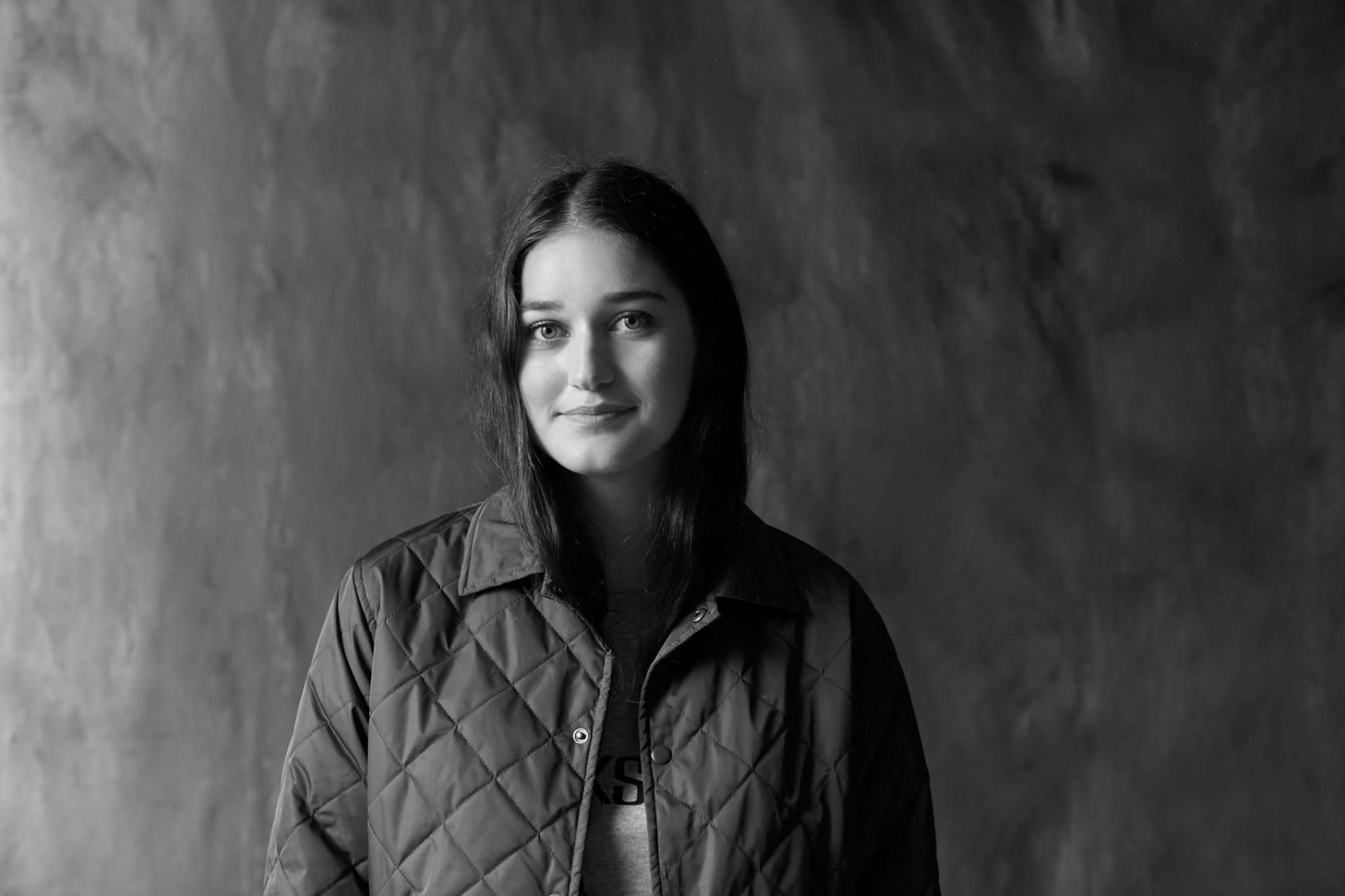Te Whanga a Reipae

Courtesy of the artist.
Te Whanga A Reipae
The history of Tainui ancestresses Reitū and Reipae is a significant kōrero-tuku-iho in Whāngarei. Their story is remembered in one of the names for this place, Te Tauwhanga a Reipae (The Waiting Place of Reipae).
This whakapapa reminds us in Te Tai Tokerau of our connection to Tainui.
In this exhibition we see again linkages between Te Tai Tokerau and the Waikato, through both the whakapapa of the assembled artists – Aroha Gossage, Star Gossage, Amorangi Hikuroa, Tracy Keith, Jeremy Leatinu’u and Raukura Turei and the overlapping interests that inform their work.
In a time of Treaty ‘settlement’ or ‘settling’, tangata whenua are often presented with landscapes that elevate division. In contrast, these artists draw on the strength of the ties that bind us. Their respective practices are vehicles for connection or reconnection - to language, to land, to each other.

Amorangi Hikuroa works to honour the whakapapa of Māori uku practices through Te Moana-nui-a-Kiwa and beyond. Collecting, forming, softening, working, pausing, returning; uku belongs to an ecology of processes.
Fostered by those who form the pillars of Ngā Kaihanga Uku, the works shaped by Hikuroa demonstrate that the practice of uku is not one of solo pursuit, but of a collective journey – (re)entering the slipstream of tūpuna consciousness. Hikuroa embodies the complex, enduring and living legacies of ancestral knowledge within his works.
“We have avenues where uku can now be utilised within our culture, as ritual ware to mahi kai. Made relevant by our mentors and founders of Ngā Kaihanga Uku. So I pay homage to them for giving Māori a pathway back to our ancestral links within the Pacific and reconnecting Māori back to the most ancient of human art forms.”
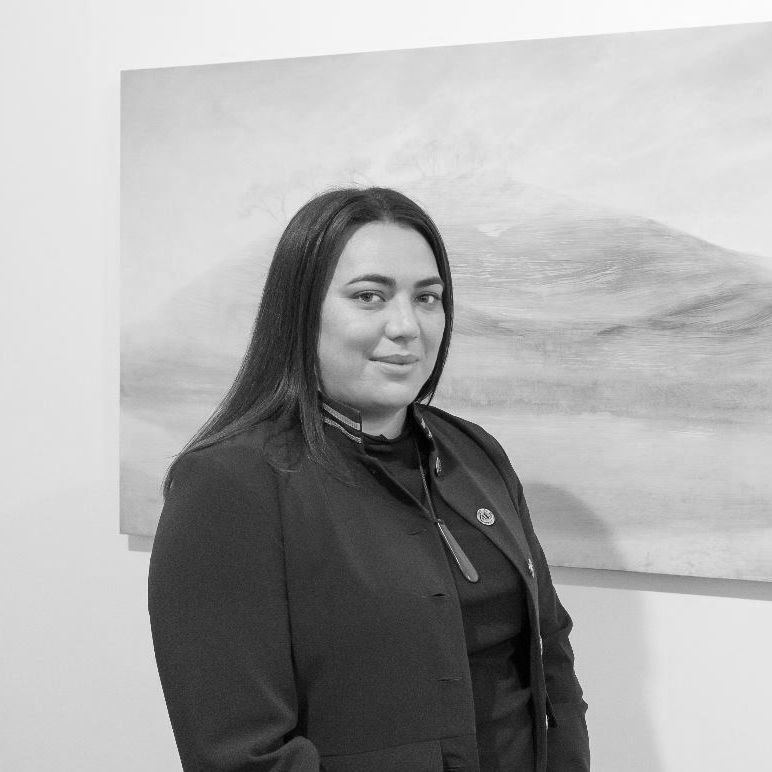
Aroha Gossage lives and works on her papakāinga in Pākiri. Gossage’s continued occupation, along with her whānau, on their whenua keep the home fires burning – ahi kā. The connection the artist has to her whenua is noted in both the content and material of her paintings. Gossage depicts the land in her imagery, using kōkōwai collected from the rohe. The earth pigment is mixed with oil paints, providing an atmospheric character to her work. As Gossage herself tells, the inherent force of the land exists in the earth pigments she uses, which is also the same force that exists within her.
“I know where to go to get rich reds, up by the dam. There are pure whites and blues if you dig a metre down in a special spot under our bridge. The ochres are on the corner by the gravel road up by my Aunties’ and I find lovely greys at our waterfall. These rich earth colours you can't buy in a tube.”
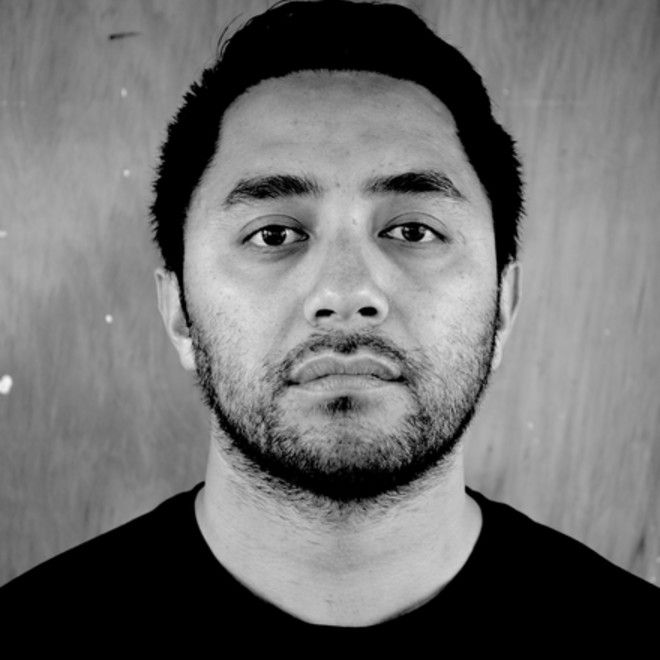
“In my language journey you are introduced to stories from all over the country. You’re also introduced to different accounts of the same story. One thing that I’ve been fortunate enough to experience, from hearing different people’s perspectives, is that there isn’t necessarily a disregarding of other accounts, even though they might contradict one’s own account. It’s just accepted that that story exists, and this story exists.”
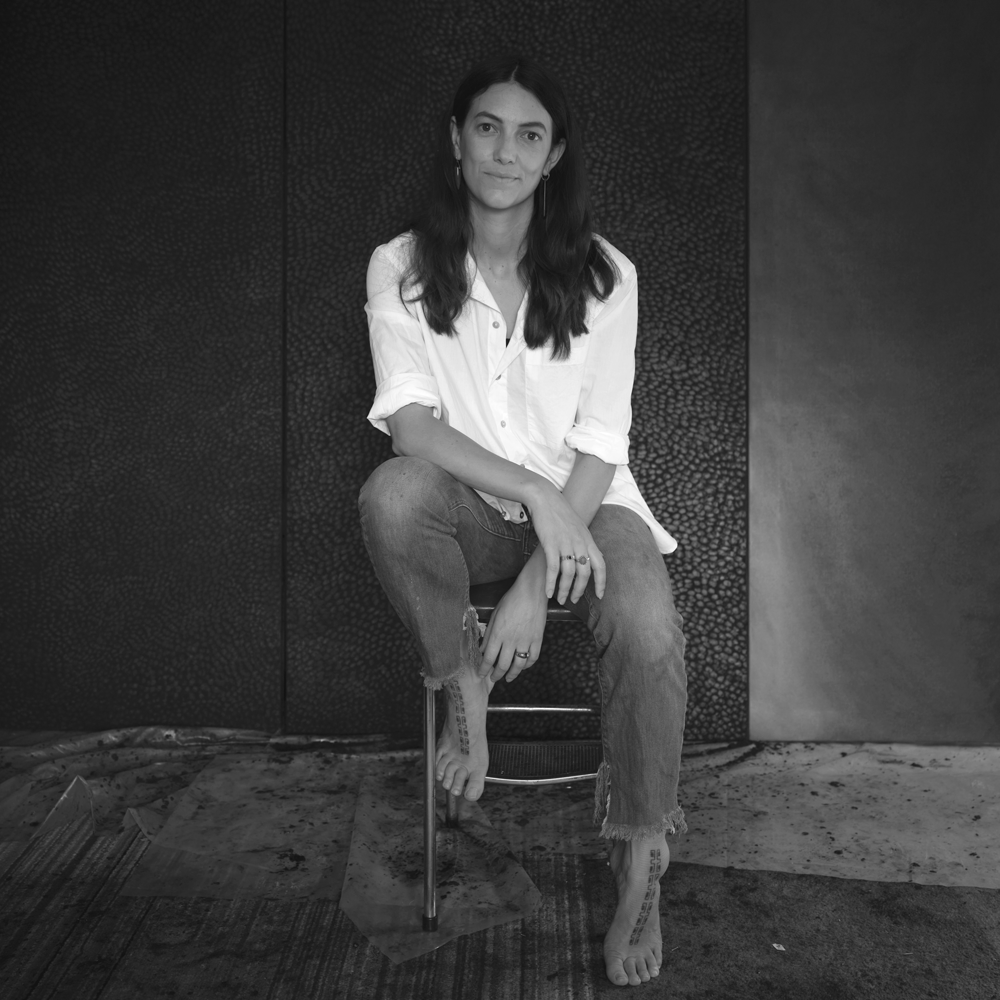
Raukura Turei explores ngā mareikura and tupuna wāhine alongside notions of longing and return. Turei’s practice itself is a vehicle for return. Both in the acts of collecting onepū from Paruroa and aumoana from Maraetai, and the meditation of her mark-making – which in its repetition, calls and echoes Turei’s own return and re-connection with her whenua and whakapapa.
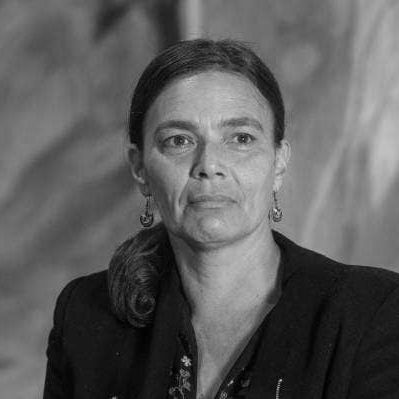
Star Gossage pulls memory, land, longing, and occupation into her paintings. Often the artist portrays wāhine, appearing almost as apparitions that might fade the next time you look. These indistinguishable women allow you to see a crowd of people within them, perhaps self-portrait, perhaps a sister, a memory, tupuna, mother, grandmother.
Like her sister Aroha, Star works with kokowai in her images. Again, the connection to whenua is intrinsic, imbued into the artwork – as if not for one second should we, the land and I, be apart. Perhaps the melancholy of Gossage’s work is the recognition that some land we have been forcibly parted from, the weight of wanting to reconnect shared by many Māori. However, like the people she paints you can see different moods in the same work. Where at once you might encounter the work’s melancholy, upon the next glance you will experience peacefulness.
“The whakapapa is connected here, in this land because our ancestors have always lived here, since the beginning. They’ve always been here and they’ve always connected here, that’s why we’re still here. They’re in the land and we’re here with them. It’s a long time that my family have been here. My grandmother said “from the beginning of time we’ve been here.” So that’s what we always used to say - yeah, yeah we’re still here.”
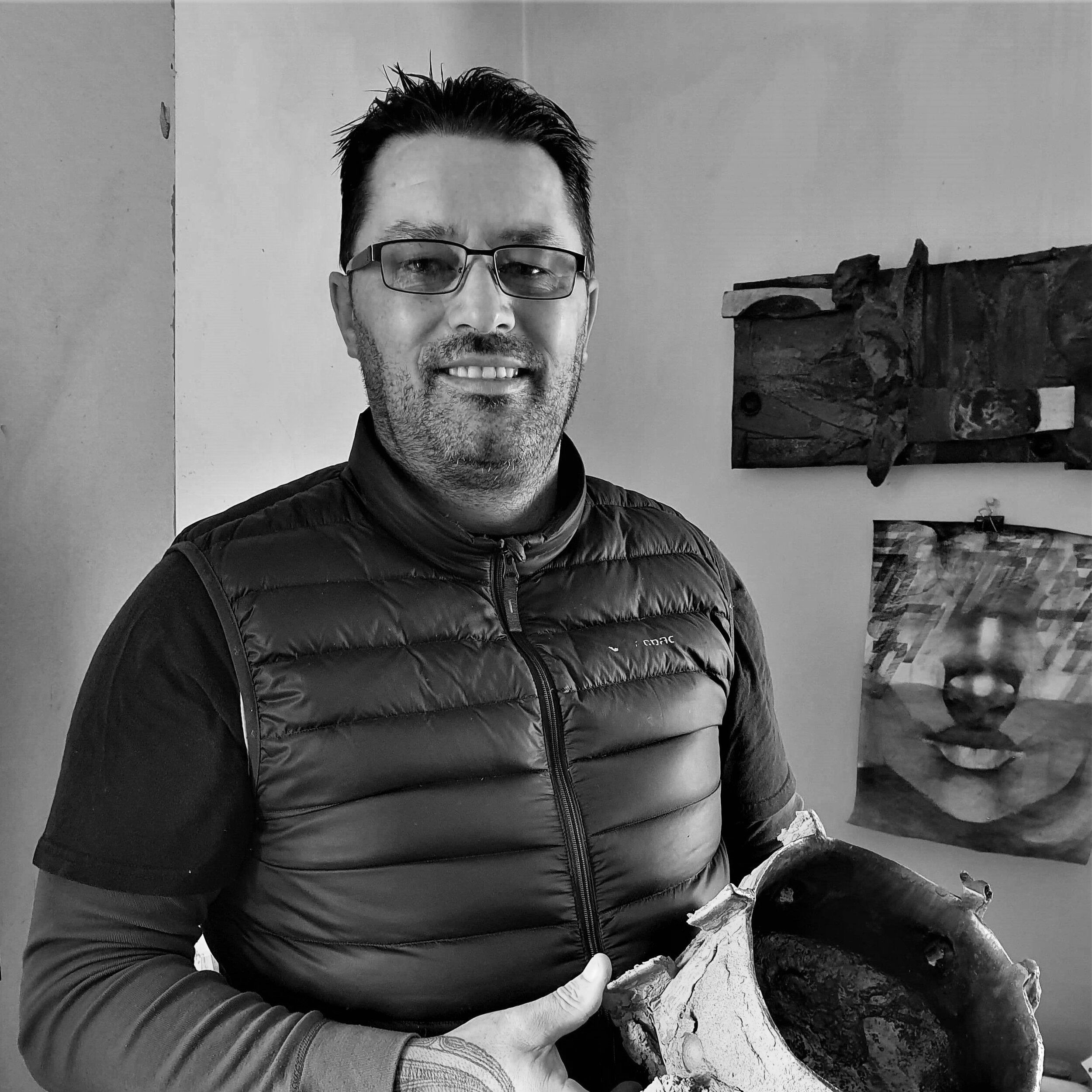
Tracy Keiths’ clay sculptures are part dedicated research and part intuition, where the agency of artist and material both influence the outcome. Once the finished form is revealed Keith proceeds with a two-fire process. Firstly, a bisque-fired technique that is then followed by a 500-year old Japanese technique called Raku. Keith acknowledges the whakapapa of the material, as well as his process in his artwork.
The sculptures have an industrial appearance or perhaps it is the look of the land where we have cut into it for mines or quarries. Despite their titles, works like The Skin of Papatūānuku clash with our expectations of a landscape. Keith is showing us a more realistic portrait of the land, using the land – which is the place we come from and will one day return.
“Shards of earth splintering the flesh of the land protruding and piercing the surfaces creating divisions that disrupted the natural order of the container, they are non-utilitarian in a sense they have become unusable and contain the memory of a vessel.”
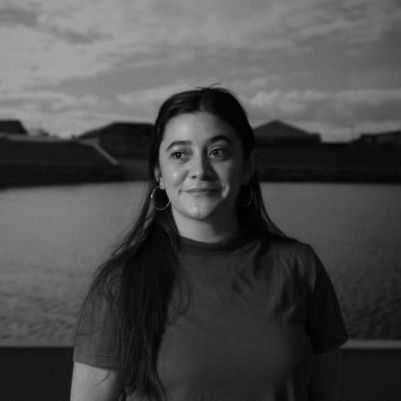
Ngahuia is an artist and researcher. As an artist she works predominantly in lens-based media installations and has exhibited in galleries throughout Aotearoa New Zealand. Ngahuia completed her doctorate at the University of Auckland through the James Henare Māori Research Centre and Elam School of Fine Art. She has presented her research nationally as well as internationally, and held a residency at The Metropolitan Museum of Art, New York City, under Dr Maia Nuku in the Department of African, Oceanic and American Art.
